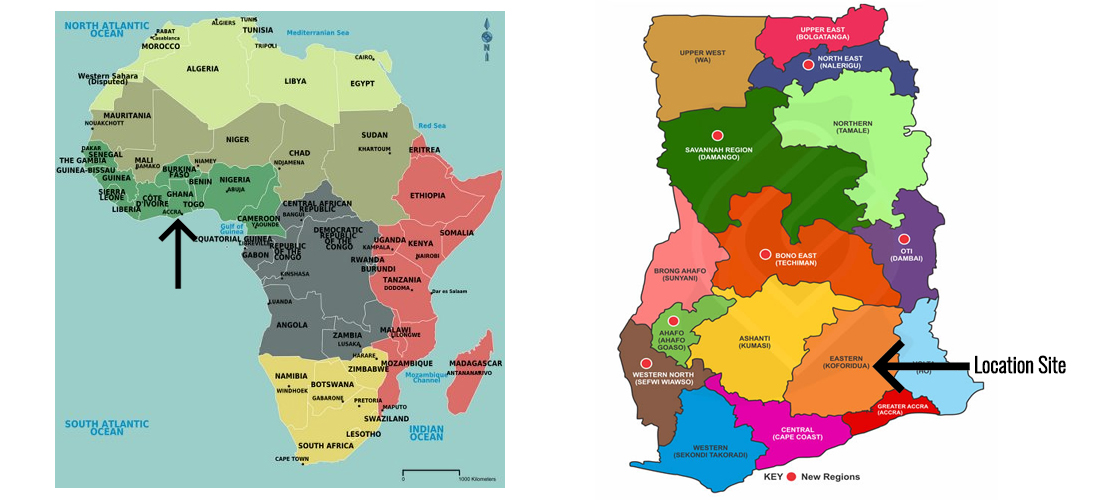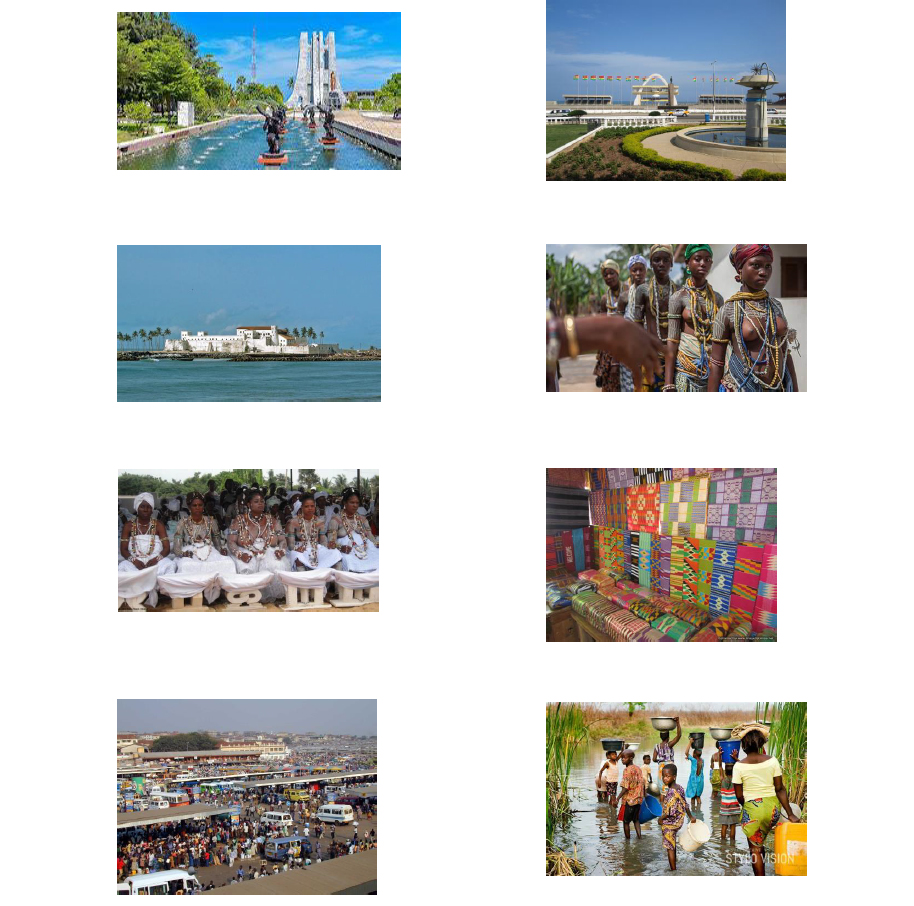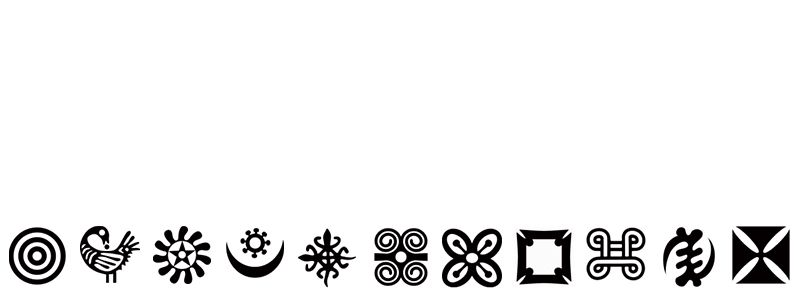About Ghana
Ghana officially the Republic of Ghana, is a country located along the Gulf of Guinea and Atlantic Ocean, in the sub region of West Africa. Spanning a land mass of 238,535 km2 (92,099 sq mi), Ghana is bordered by the Ivory Coast in the west, Burkina Faso in the north, Togo in the east and the Gulf of Guinea and Atlantic Ocean in the south. Ghana means “Warrior King” in the Soninke language.
The first permanent state in the territory of present-day Ghana dates back to the 11th century. Numerous kingdoms and empires emerged over the centuries, of which the most powerful was the Kingdom of Ashanti. Beginning in the 15th century, numerous European powers contested the area for trading rights, with the British ultimately establishing control of the coast by the late 19th century. Following over a century of native resistance, Ghana’s current borders were established by the 1900s as the British Gold Coast. It became independent of the United Kingdom on 6 March 1957.
Ghana’s population of approximately 30 million spans a variety of ethnic, linguistic and religious groups. According to the 2010 census, 71.2% of the population was Christian, 17.6% was Muslim, and 5.2% practiced traditional faiths. Its diverse geography and ecology ranges from coastal savannahs to tropical rain forests.
Ghana is a unitary constitutional democracy led by a president who is both head of state and head of the government. Ghana’s growing economic prosperity and democratic political system have made it a regional power in West Africa. It is a member of the Non-Aligned Movement, the African Union, the Economic Community of West African States (ECOWAS), Group of 24 (G24) and the Commonwealth of Nations.

The location of the La Constance Institute for Global Health is in Akropong Akwapim in the Eastern Region of Ghana with the Tetteh Quashie Memorial Hospital (TQMH), located 58 kilometers from the national capital, Accra and serving as the main Hospital Site. The catchment area includes at least 8 health centers, 18 community health and planning services (CHPS) of which a total of 13 attendants’ births, serving a population of 145,263 persons. There are 19 urban towns and at least 150 rural communities where remote health posts are located at a distance as far as 37.5 kilometers from TQMH. There is an expanse facility of all levels to serve the need of the Trainees


